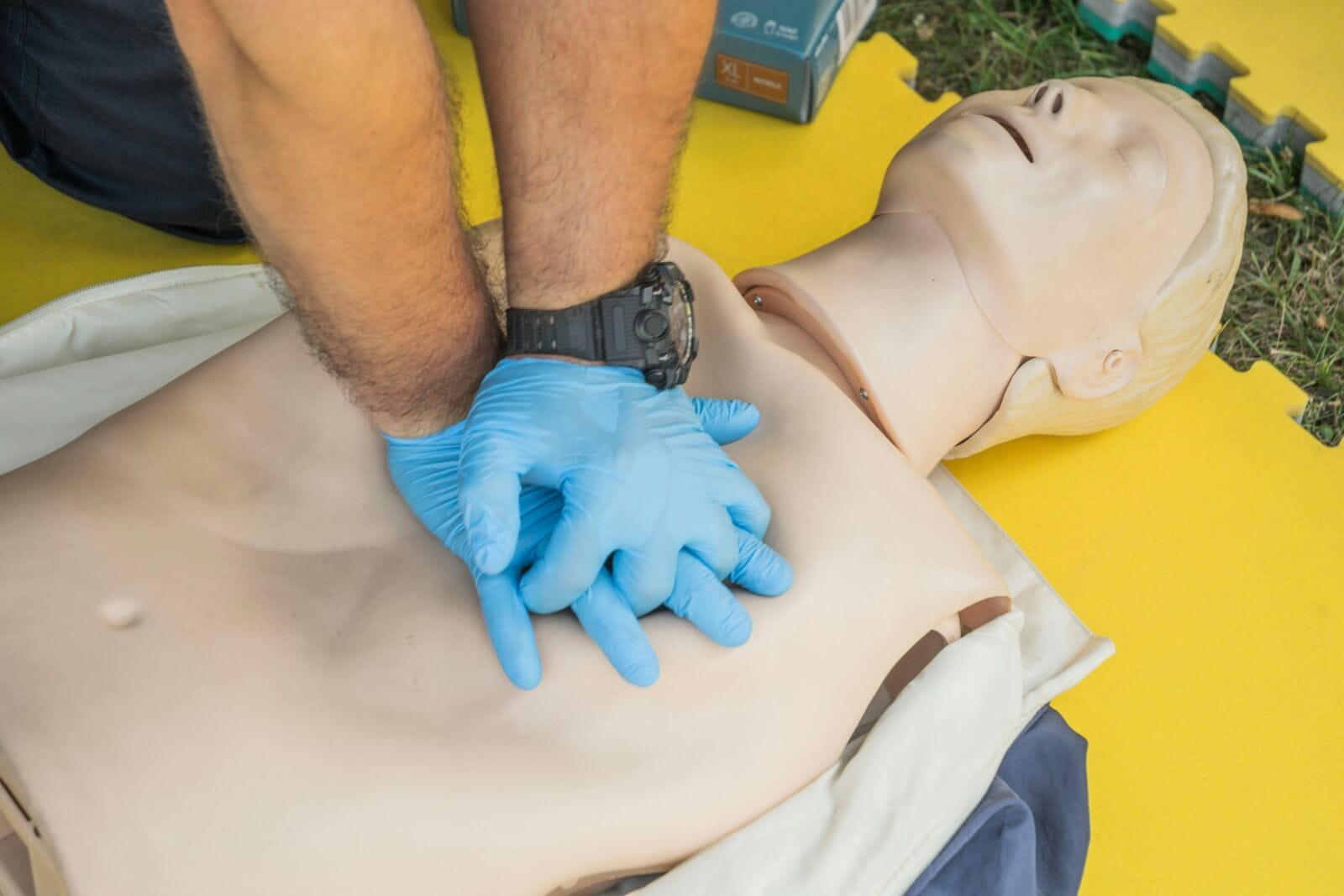Cardiopulmonary resuscitation (CPR), a technique for emergency situations like cardiac arrest, necessitates proper training and practice to develop proficiency for effective life-saving interventions. Success in saving lives is enhanced through instructional sessions that incorporate appropriate tools, creating comprehensive learning experiences. This guide details essential CPR training equipment to aid in these efforts.
LEARN MORE: Read the latest consumer and lifestyle news here
Manikins Are Essential for CPR Training
Manikins play a crucial role in CPR training by providing a platform for practicing chest compressions and rescue breaths in simulated scenarios that mirror real-life situations. Premium manikins feature resistance settings that simulate differences among individuals, offering trainees a more dynamic learning experience. Advanced models also come equipped with feedback systems that provide insights on compression depth and pace, which are essential for honing skills and building self-assurance. If you’re looking to enhance your training, buy CPR training equipment online to access a variety of quality options.
Trainers for Automated External Defibrillators (AED)
Automated External Defibrillators (AED) are life-saving tools in cardiac arrest situations, providing timely intervention. AED training tools that replicate the functionality of real devices enable learners to practice in a controlled environment without risk. These simulation models include instructions and visual indicators to assist users in understanding the defibrillation procedure step by step. Training with AED simulators builds confidence and prepares individuals for real-life emergencies.
Face Coverings, Such as Pocket Masks and Face Shields
Safety is a priority in CPR training sessions, where pocket masks and face shields play a vital role by safeguarding both the trainee and the manikin. These create a barrier to minimize direct contact and reduce contamination risks. Masks are designed to fit over the manikin’s face to allow for the delivery of rescue breaths, while face shields offer a cost-effective option for larger group training sessions.
Devices for Providing Feedback on Compression
Ensuring effective chest compressions is essential in CPR. Feedback devices that measure compression depth, rhythm, and recoil play a significant role in training. These are often linked to manikins or wearable sensors and notify learners of necessary adjustments. This prompt feedback helps improve skills and ensures compliance with CPR training equipment protocols. For advanced tools, you can buy CPR training equipment online and gain access to a range of feedback devices.
Applications for CPR Training
Advances in technology have led to software and applications aimed at enhancing CPR training methods. These digital solutions provide simulations, quizzes, and videos to support practical training. Some programs allow trainers to monitor students’ progress remotely and offer tailored feedback. Incorporating such tools can improve learning outcomes and boost engagement in training sessions.
Fitness and Workout Supplies
Creating a well-managed environment is crucial for CPR training. Cushioned training mats offer a comfortable surface for practicing chest compressions, reducing fatigue. Additionally, organizers and bags keep CPR training equipment within reach and minimize interruptions during drills, which supports concentration and enhances training sessions.
Instructor Guides and Teaching Materials
Experienced instructors rely on detailed instructional materials, such as guides and manuals, to deliver well-planned lessons. Effective teaching methods, visual aids, and clear assessment guidelines ensure consistent and high-quality training outcomes tailored to different learning styles.
Assessment Tools for Quality Control
Investing in top-notch CPR training equipment ensures effective and reliable training, helping learners meet operational and preparedness standards. Proper maintenance and regular performance checks maintain consistency, guaranteeing reliability and adherence to quality assurance standards. Many equipment providers offer warranties and customer support for added peace of mind.
Fostering a Nurturing Educational Atmosphere
Creating a welcoming environment goes beyond having the right equipment; it involves fostering a supportive atmosphere that enhances the learning experience. Encouraging dialogue and offering feedback improves confidence. Incorporating varied teaching approaches accommodates different learning preferences, fostering participation. A positive setting boosts morale and inspires learners to excel in their CPR proficiency.
In Summary
Providing CPR training requires a mix of CPR training equipment and effective teaching techniques. Quality tools, combined with a supportive learning environment, make sessions impactful. With the use of manikins, digital resources, AED trainers, and feedback devices, individuals gain the skills and confidence needed to respond effectively during critical situations.




